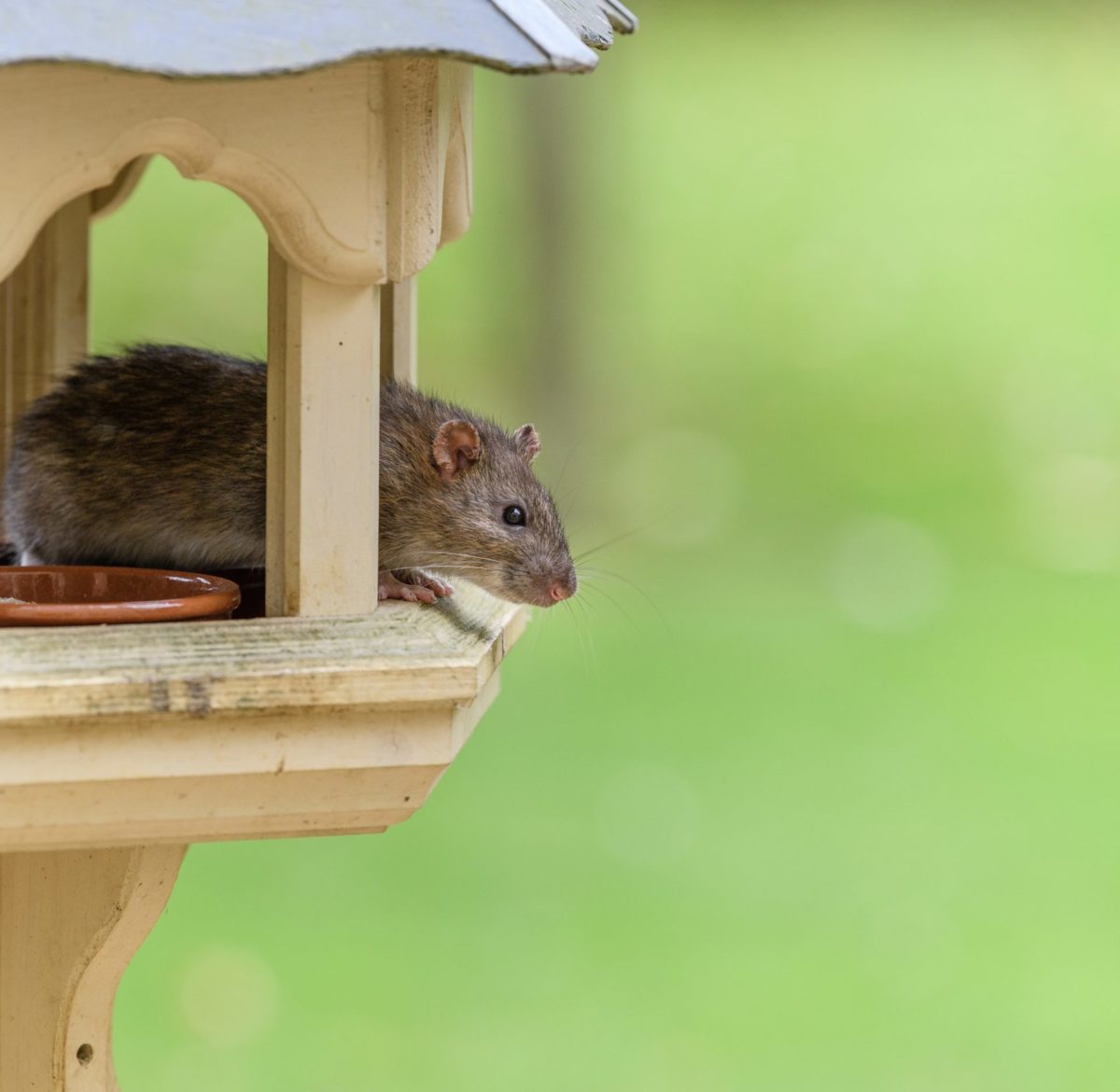With the winter weather getting colder, homeowners across the country are fighting to protect their homes from rodent infestations. As rodents like rats seek to take shelter from the winter elements and hunt for food, they might find a way inside your home and decide to stay.
What is a Roof Rat?
A roof rat, also referred to as black rats or ships rats, is a breed of rat which typically makes its nest above ground in trees, attics, and other high areas. Rather than digging, roof rats are excellent climbers and can easily travel by jumping from tree limbs or balancing on utility wires. Once they gain access to your roof and find a way inside, they can start causing serious structural damage.
Evidence of Roof Rats
Rodent infestation is a terrible problem to have and is vital to notice and be aware of the signs before the problem gets out of hand. Materials and structural damage isn’t the only thing to worry about, rats are also carriers of dangerous diseases that can be transmitted to any stored food they come into contact with. Signs that indicate a potential roof rat problem can be easy to spot such as:
- The rodent itself: Where you see one, there are typically several more hiding nearby.
- Roof rat droppings: Usually located around stored items, under sinks, or along baseboards. These droppings are quite dangerous as they contain disease-causing bacteria and cause allergies to stir up.
- Noises in the walls or attic
- Gnaw and rub markings
- Chewed wiring and damaged goods: From plastic pipes to cardboard storage boxes as well as wood and electrical wires, your home can be seriously damaged from the presence of roof rats. Not to mention the increased threat of an electrical fire from chewed and damaged wiring.
- Their nest: If you notice randomly scattered shredded papers, packing materials, wall insulation or fabrics, it is recommended to get an inspection as these are preferred nesting materials.
Norway Rat VS Roof Rat
As treatment plans to either prevent or eliminate an infestation are different depending on the breed of rodent, it is important to note the differences between the norway rat and the roof rat.
Norway Rat
- Bigger body: 10 inches long
- Excellent digging and swimming skills
- Typically found in basements, garages, sewers, yards
- Can enter a building through cracks around the foundation, drainpipe openings, sewer drains, and even toilet plumbing
- Prefers to nest in piles of undisturbed debris or materials such as garbage, yard clutter, and woodpiles, as well as in basements and under concrete slabs.
- Targets meat, fish, cereal, and pet food
Roof Rat
- Smaller body: 8 inches long
- Tail that is longer than its body
- Excellent climbing skills
- Typically found in attics, upper levels of a building, trees
- Can enter a building through chimneys, attic windows, broken roofing materials
- Prefers to nest in warmer areas: attics, cabinets, ceilings, inside walls, laundry rooms
- Travel by tree limbs, power lines, as well as climbing vines or rough surfaces like bricks and stone
- Targets fruits and vegetables
Rat Prevention Tips
The key factors in preventing a rodent infestation is sanitation and sealing up entry points. Inspect outside your home regularly for cracks, holes, and other damage. Be sure to seal any holes or cracks as well as cover any vent or pipe openings that lead into your home.
Not only do you have to conduct regular maintenance and keep your house clean, but your yard also needs to be maintained and free of clutter. Just like how a decluttered and organized room discourages rodents from nesting, the same goes for your yard. Dispose of any old appliances and don’t leave building materials on the ground as these can be used as a nesting area for rodents to establish themselves.
Beautiful landscape features such as fountains, sprinklers, bird baths, as well as any outdoor faucets need to be checked regularly for leaks and rat droppings. Trees, shrubs and other vegetation needs to be trimmed back away from your roof to help prevent roof rats from gaining easy access to the roof. Any fruit bearing trees need to be watched to dispose of any fallen fruits that can be used as a food source. It is also recommended to keep pet food in sealed containers and water dishes kept inside the house. Be sure to keep trash in tightly sealed garbage bins to prevent rodents from gaining access to a food source and sticking around.
How to Get Rid of Roof Rats
It is vital to get rid of roof rats as soon as possible before they end up contaminating your food, destroy books and clothing, and damage your home. Although setting traps or spreading rat poison is an option, traps mean that you now need to deal with the body – which carries dangerous diseases. On the other hand, rat poison can also be harmful to pets if they get into in and can cause the rat to die and slowly decay somewhere in your home. If you need to eliminate an infestation and don’t want the hassle of disposing of the bodies, contact us at Bug-A-Way! Even if you just suspect there are signs of rodents around your home, we can help give you a peace of mind. With an inspection from our trained professionals, we can determine the problematic areas and discuss the necessary steps for a treatment plan. With some help from Bug-A-Way, you can protect your home and family members from the dangers of roof rats.
